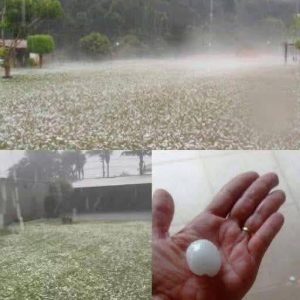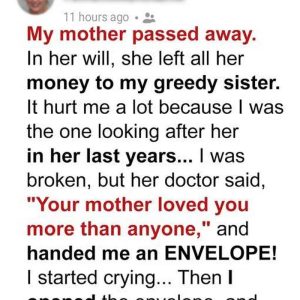Many people rarely pay attention to the $1 bills in their wallets, assuming their value is limited to just one dollar. However, certain $1 bills with unique serial numbers can be worth significantly more than their face value. Collectors and specialized websites are actively seeking these bills, offering hundreds or even thousands of dollars for notes with “fancy” serial numbers.
One type of desirable bill is one with seven repeating digits in a row. For example, bills with serial numbers like 09999999, 18888888, or 19999999 are particularly sought after. These bills are rare because it is uncommon for a Federal Reserve note to have the same digit repeated so many times in sequence, making them highly collectible.
Another valuable category includes “7 of a kind” serial numbers, where seven of the eight digits match but are separated by one different number. Examples include 00010000, 00090000, or 90999999. These bills are prized by collectors because they display a distinct numerical pattern that is unusual in the production of U.S. currency.
Collectors also look for super radars, super repeaters, and double quads. Super radars are bills where the serial number reads the same forwards and backwards, such as 01111110 or 10000001. Super repeaters feature repeated two-digit sequences like 67676767, while double quads show four identical digits followed by another four identical digits, such as 11110000 or 88880000. These visually striking patterns are especially appealing to numismatists.
For anyone holding $1 bills, checking the serial numbers could uncover hidden value. Websites like CoolSerialNumbers.com make it easy to sell these rare bills, often for amounts far exceeding their face value. By paying attention to patterns such as repeating digits, mirrored numbers, or grouped quads, everyday currency can suddenly become a collectible treasure, transforming a simple dollar into a potentially lucrative find.




